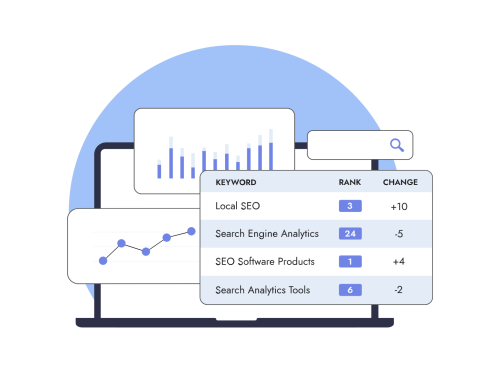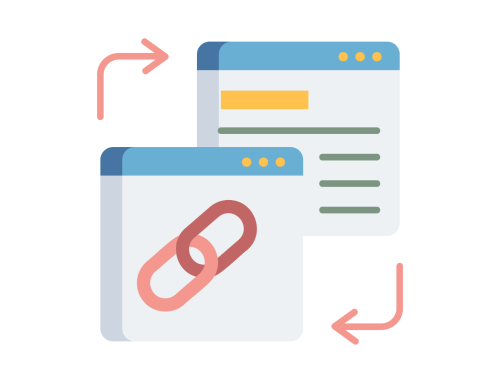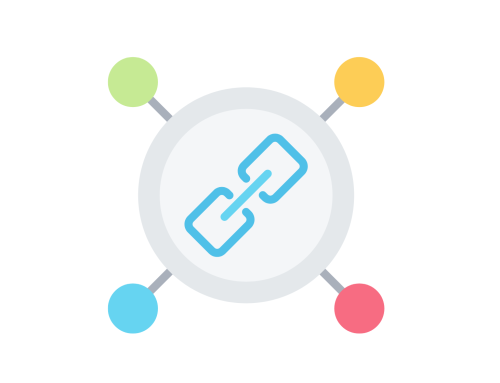Are you observing a downfall in your search traffic in recent times?
No, it might not always be because of the new Google algorithm update.
It might happen because of negative SEO as well.
But the question is: what exactly is negative SEO? And why it can be a villain for your search traffic?
That’s what we’re going to discuss in this post.
In this post, we’ll discuss what negative SEO is, different types of negative SEO, and how you can detect and prevent this from happening to your website.
So without much further delay, let’s dive in.
What is Negative SEO?
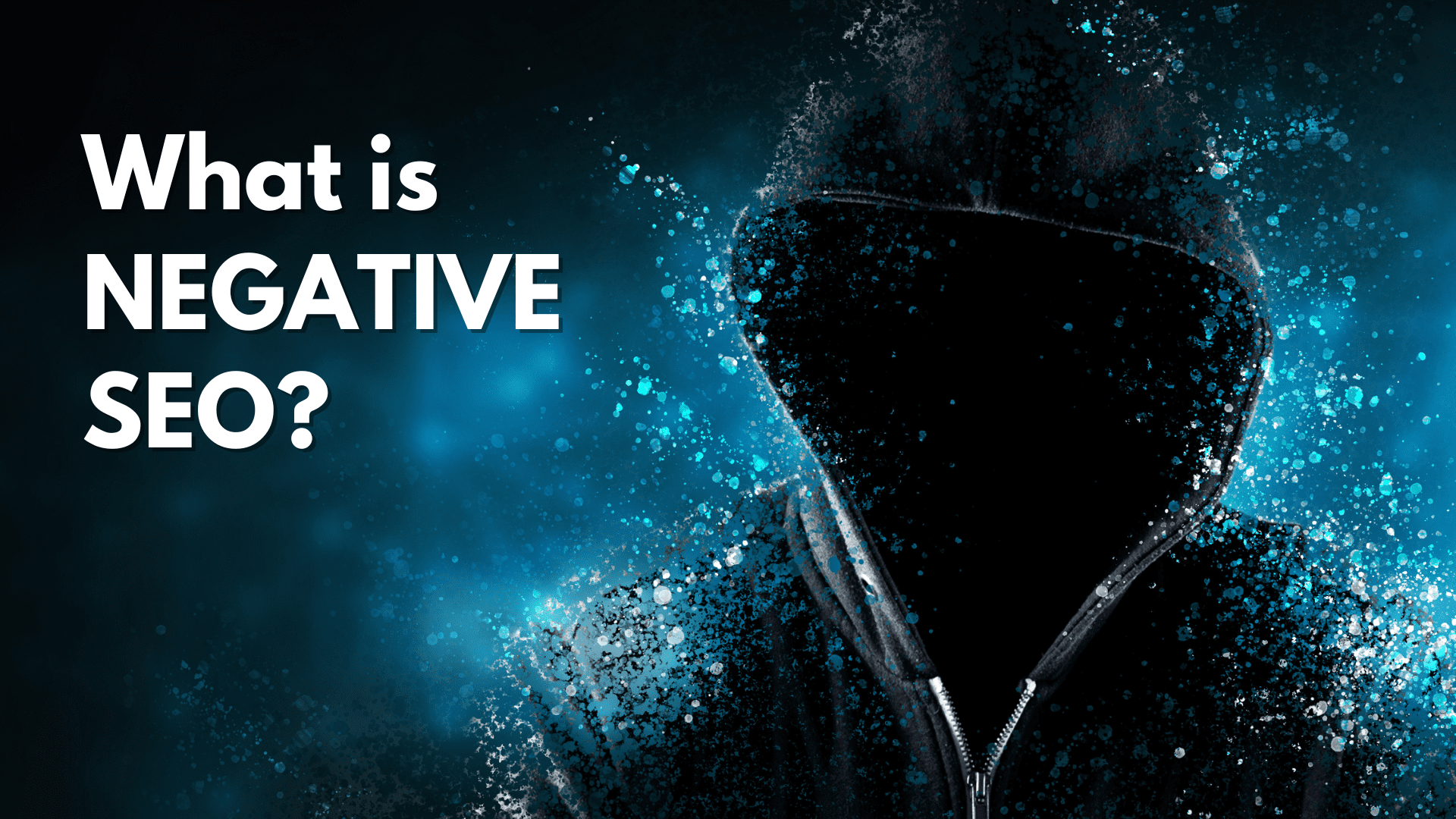
Negative SEO is a practice when competitors use black hat SEO techniques to bring your ranking and search traffic down.
Competitors can implement a bunch of black-hat SEO tactics to try make your website evil in the eyes of Google.
This is completely an unethical and illegal activity, but sadly some companies and website owners do this very often to knock out their competitors out of the game.
But you don’t have to worry if you ever get hit by negative SEO from any of your competitors.
Just like any of your competitors can use black hat tactics to hurt your SEO rankings, you can also detect and prevent them quite easily.
Later in this post, we’ll show you how you can do that.
Does Negative SEO Really Work?
Yes, it does work.
Some people might debate on the effectiveness of this type of attacks.
But in reality, it does work, and it does impact the search traffic of thousands of websites.
Ranking on Google or any other search engine is a competitive game. Whoever crosses the line first, wins.
That’s why it’s very common these days for people to use negative SEO in their favor.
At the end of the day, anything is fair in love, war, and business.
However, it’s also true that it doesn’t work 100% all the time. And it might not show the effects instantly.
But overall, negative SEO can be dangerous for your website if you don’t detect and eliminate that early on.
Different Types of Negative SEO Attacks
Your competitors can do plenty of different attacks to harm your SEO rankings negatively.
Let’s look at each of the attacks and understand how people actually run negative SEO attacks.
1. Website Hack
This is the most effective negative SEO tactic your competitor can use to break your backbone completely.
If anyone hacks and breaks into your website, they can essentially do whatever they want.
That means they can also completely destroy your SEO and vanish your website from Google search.
They can delete your content, include restricted words or content, redirect your website to other pages, and do plenty of things to ruin your SEO efforts totally.
This is by far the most dangerous type of negative SEO attack that happens, and if you don’t have strong security or backup, you could lose your entire website too.
2. Spammy Backlinks
Creating spammy backlinks is the most common type of negative SEO attack that competitors do.
Competitors can run these attacks completely off-page without accessing your website, which makes it easier for them to destroy your SEO.
Hacking a website is tough (if the website has strong security), and not everyone can do this.
But almost anyone can create spammy backlinks to any website, which makes the entry barrier super low.
Your competitors can hire SEO companies, use automated software or PBNs (public blog networks) to create toxic backlinks to your website at scale.
3. Fake Link Removals
Link removal is another form of negative SEO attack that happens quite often.
Attackers can pretend to be like you and send out fake link removal requests to webmasters.
Sometimes, they even can act like they’re an agency working on your behalf and submit requests to remove your backlinks.
The success rate of this attack varies a lot. Sometimes it does work, and sometimes it doesn’t.
But it’s always better to protect your website from these types of threats.
4. Fake Negative Reviews
Fake negative reviews don’t necessarily impact your SEO performance directly, but it does damage your brand reputation, which leads to less search traffic and poor SEO performance.
So, in short, fake negative reviews won’t just impact your SEO performance but will also ruin your brand reputation.
Yet the fact is almost all big or small businesses do this to knock out their competitors.
5. Creating Duplicate Content
Duplicate content is a very common issue within the SEO space.
Attackers can scrap your website content and create a duplicate of your content to confuse the search engines.
This will dilute your search visibility, and Google will give your content way less weightage in the search results.
How to Detect And Prevent Negative SEO
Attackers can strike your website anytime without any prior warning to knock you out of the race.
In this competitive world, people will always try to crush you and throw you out of the game.
But luckily, you can always detect and prevent these types of attacks on your website and safeguard your website from any type of threats that might harm your SEO performance.
1. Run Backlink Audits Regularly
If you want to prevent your website from the most dangerous negative SEO attack, you have to run backlink audits regularly.
As mentioned earlier, building spammy and toxic backlinks is one of the most common types of attacks to harm your SEO.
It’s also one of the easiest ways because attackers can create tons of toxic backlinks by using software or hiring an agency to do the work at a really cheap cost.
That’s why you must take extra caution to protect your backlink profile.
You can use Zutrix’s backlink monitoring feature to easily monitor newly created or lost backlinks on your website from a single dashboard.
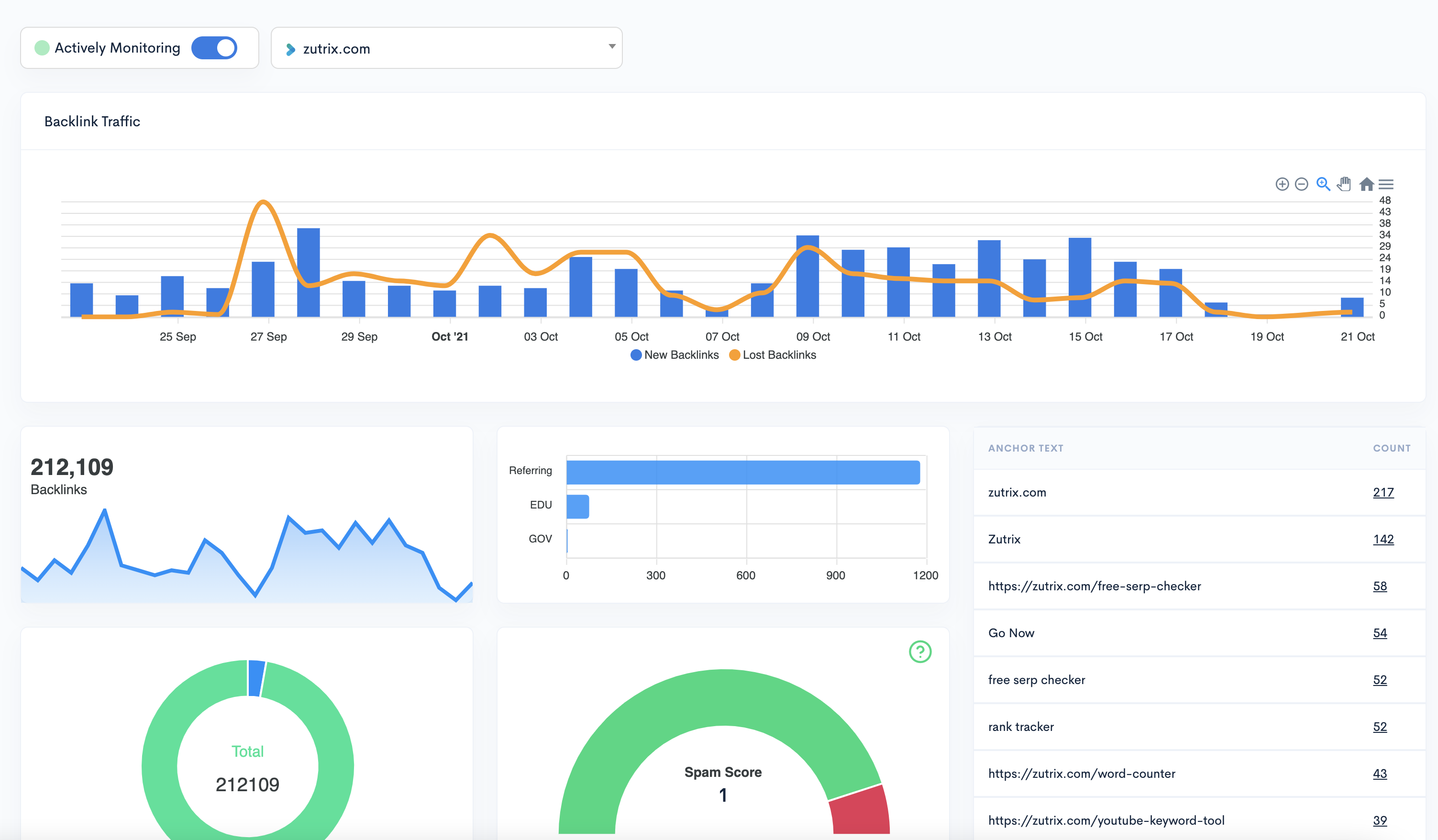
We at Zutrix also have a backlink scoring system that analyzes your backlinks individually and gives them a particular score.
These features make it super easy to find out toxic backlinks without doing any manual work.
Even if you use other SEO tools, you still have to find out the toxic backlinks manually.
But Zutrix made it super easy and efficient.
Once you find out the toxic backlinks, you disavow them and get rid of the toxic backlinks using the disavow feature of the Zutrix backlink monitor.
2. Secure Your Website
Hacking your website is the most dangerous type of negative SEO anyone could do to your website.
Although it’s not as common as other attacks, it’s still a massive issue that many people face around the globe.
The attackers can hack your website and mess up with your content, sitemap, and robot.txt file to destroy your website’s SEO rankings.
Sometimes, they can even delete your website or block search engine crawlers from crawling through your website.
If attackers get access to your website, they can do thousands of things to hurt your SEO that you can’t even imagine.
That’s why protecting your site from any hacking threat should always be your first priority.
You can do plenty of things to protect your website or hire a web security agency to monitor and secure your website from any threat.
3. Keep An Eye on Copied Content
This is the easiest form of negative SEO attack someone can do to your website.
Attackers can scrape and copy all of your content and post it on other websites to bang your website with cannibalization issues.
Sometimes people might just try to copy your content just for the sake of FREE content, and they don’t have any intention to hurt your site.
But still, you have to keep cautious and keep yourself on the safer side.
Google generally doesn’t like duplicate content on multiple websites as it confuses the search engines to evaluate which page they should rank high.
And because of this confusion, the page never ranks at the top of the search result.
This is the most common form of negative SEO attack because it doesn’t require much effort, and the impact can be terrible.
But you don’t have to worry.
Just like any other problem, there is a solution available for this as well.
You can use tools like Copyscape and Grammarly to quickly find out all of your copied content published on the web.
And once you find out about the copied content, you can either email them to take that content down or file a DMCA complaint.

Once you file the DMCA complaint, Google will take some time to validate the complaint, and once it’s verified, Google will remove the content from their search engine.
4. Report Fake Negative Reviews
If you’re running a small or mid-size business, reviews are going to be the most important marketing asset of your business.
Like positive reviews can grow your business beyond limits, negative reviews can hurt your business too badly as well.
That’s why as a business, you always have to make sure to maintain healthy reviews online by providing your customers with the best service possible.
But when your get hit by fake negative reviews by one of your shady competitors, you can’t do much about that.
And those fake reviews will create a bad image of your business in front of your new customers.
On top of that, it will impact your SEO results as well.
Yes, you heard that right.
Even Google stated that online reviews could be one of the major ranking factors for local rankings.
But the harsh truth is fake negative reviews will always come no matter how good customer service you’re providing.
But you can definitely combat these fake reviews and remove those.
You can easily monitor your online reviews using tools like Google alerts, Social Mention, or SEMRush.
And if you find any suspicious reviews that you think might be fake, you can report that review to the administrator of the site where the reviews have been published.
Conclusion
Some people will always try to take you down when you reach the top.
And if you don’t pay attention to that, you’ll soon be at the bottom.
Negative SEO is a serious thing that can hurt your website’s SEO and wash away all your hard work.
But if you follow the tactics we’ve shared in this post, you’ll easily be able to detect and prevent any negative SEO attacks on your website.
We hope you found this post useful. Please let us know if you’re experiencing any negative SEO attacks on your website recently.

